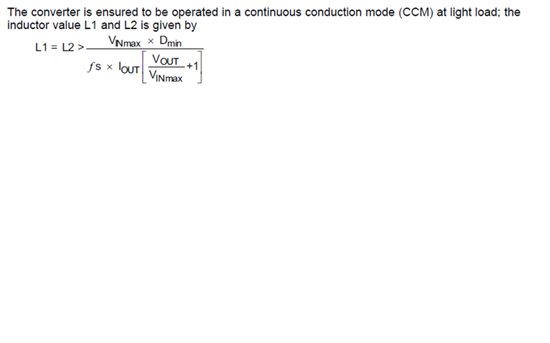Hello:
The TPS40211 datasheet has design equations and a step-by-step design procedure for a boost regulator circuit.
Does something like this exist for designing a SEPIC regulator with this device?
Any feedback or input is welcomed and appreciated!
Thanks again!
Paul



